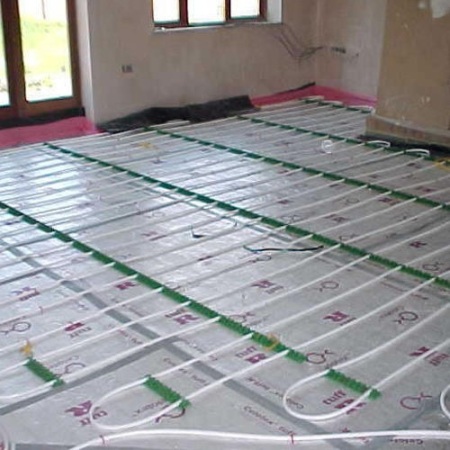
The global market for rheumatoid arthritis treatments is expected to grow at a CAGR of...
Learn More
Our consulting solutions address company specific challenges with respect to micro environment...
Learn More
Organizations frequently need day-today research guidancein order to gain strategic...
Learn More
Exploring different areas of market research and market analysis is a key factor...
Learn MoreAcute Market Reports presents the most extensive global business research services across industries. Our research studies focus on potential outcomes, benefits, and risks associated with each market segment across geographies. Having served our global clients for more than 10 years, our prime priority is to enable our clients in making well-informed business decisions through a data-driven, analytical, and uncomplicated research approach.
We provide access to the world's most comprehensive, analytical, and updated business intelligence services and solutions.




The adaptive AI market is at the forefront of artificial intelligence innovation, with a focus on systems that can learn, adapt, and make real-time decisions. As of 2025, the market was marked by rapid growth, driven by the increasing adoption of AI ...
Read More
The ophthalmic sutures market plays a crucial role in the field of ophthalmology, providing essential tools for surgeons in various eye procedures. The ophthalmic sutures market is expected to grow at a CAGR of 7.1% during the forecast period of 2025...
Read More
Radiant cooling and heating systems, also known as radiant HVAC (heating, ventilation, and air conditioning) systems, are innovative climate control solutions designed to provide thermal comfort and energy efficiency in indoor environments. These sys...
Read More




